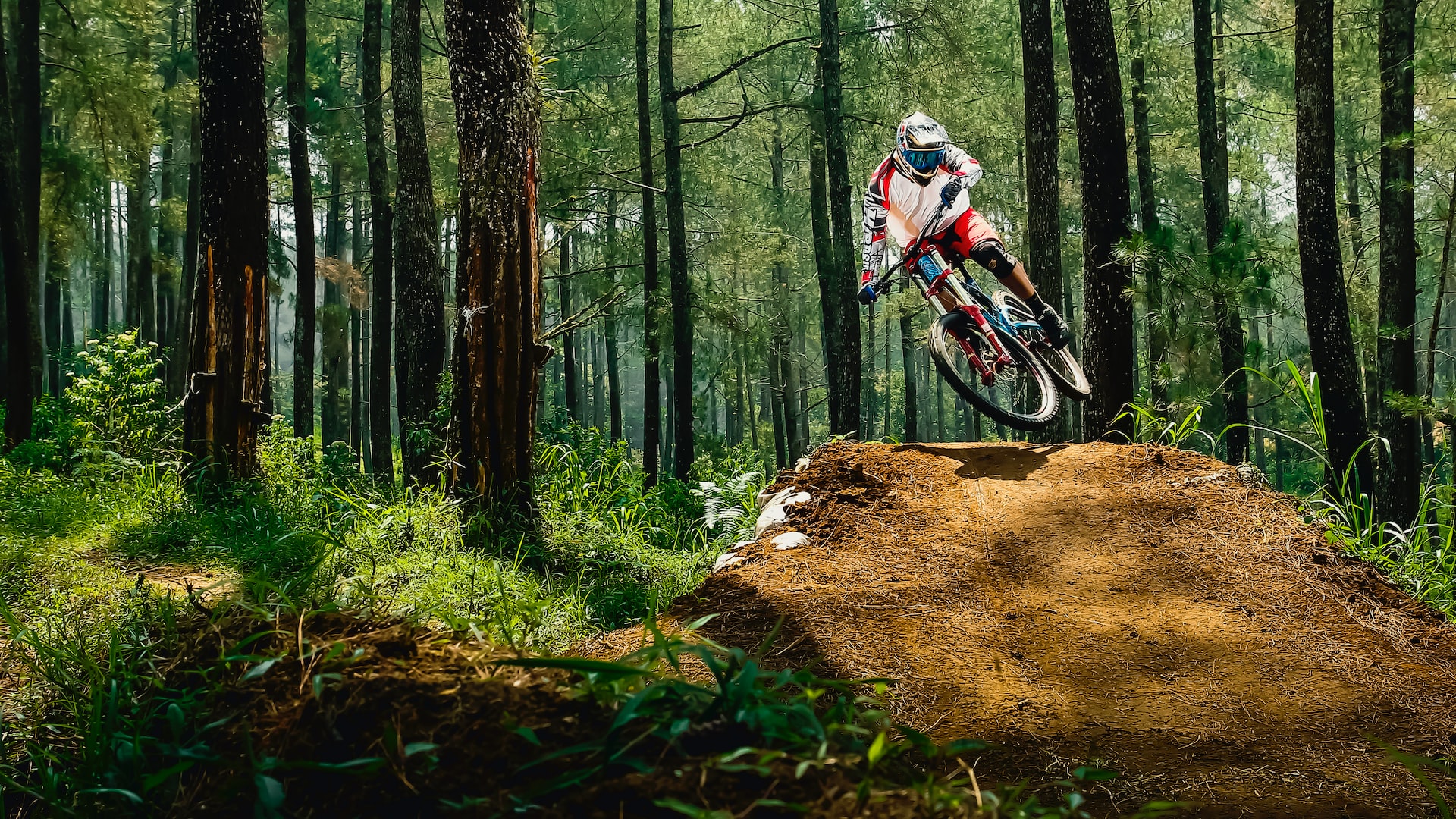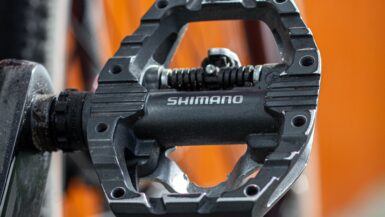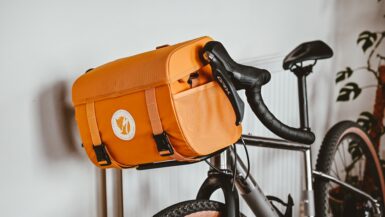The adrenaline rush of mountain biking is an undeniable draw for many thrill-seekers, but with great fun comes significant risk. As with any intense outdoor activity, there are plenty of potential hazards, and it’s essential to keep yourself safe by using proper protective gear. Not only can the right equipment help you avoid serious injury, but it can also make your ride more enjoyable. This article will explore the importance of protective gear for mountain biking and the various options available to riders.
Types of Protective Gear for Mountain Biking
Mountain biking is an exhilarating outdoor adventure that millions of people around the world enjoy every year. Although a fantastic experience, mountain biking carries some inherent risks. Cyclists must wear proper protective gear while biking to reduce the risk of injury and to ensure a safe and fun ride.
Types of Injuries Associated with Mountain Biking
The most common injuries associated with mountain biking involve the head, hands, arms, and legs. The severity of these injuries can range from minor scrapes and bruises to significant fractures and even head trauma. To protect oneself from these types of damages, protective gear is essential.
Benefits of Protective Gear for Mountain Biking
When biking, protective gear not only reduces the risk of injury to cyclists but can also help them to ride more comfortably. A helmet, for example, protects the head and neck areas and has the added benefit of keeping the rider cool and the sun out of their eyes. Protective clothing and elbow and knee pads offer additional protection from elements like dirt, rocks, and other debris.
Types of Protective Gear for Mountain Biking
An essential piece of protective gear for mountain biking is a helmet. A helmet should fit properly, provide complete head coverage, and have a secure chin strap. Other protective kits include gloves, glasses, elbow and knee pads, bike shorts, and long-sleeved tops. Additionally, mountain bikers should consider investing in a back protector for extra coverage of the spine and ribs.
By wearing proper protective gear, cyclists can drastically reduce their risk of injury while still enjoying the thrill of mountain biking whether a beginner rider or an expert, investing in the proper protective gear is key to having a fun and safe experience while out on the trails.
Benefits of Wearing Protective Gear
Mountain biking puts you at high risk for injury due to the challenging terrain and fast-moving environment. Wearing protective gear can reduce the chance of an injury by providing extra cushion and protection during a fall or crash. Many types of protective equipment include helmets, elbow and knee pads, and shin guards.
Keeps Riders Safe
No matter how experienced a rider might be, there’s always a chance of unexpected obstacles and conditions. Wearing the appropriate protective gear can keep mountain bikers safe and help them maintain their balance in complex and challenging situations. By wearing protective gear, mountain bikers can rest assured that they protect themselves and others while riding.
Provide Comfort
Protective gear can help make a mountain biking experience more comfortable. Protective equipment can help support different body parts like the spine, hips, elbows, and knees. Not only does protective gear protect a rider, but it also provides support and cushioning that makes the ride more enjoyable.
Be Visible
Protective gear can help make mountain bikers more visible by offering reflective features and bright, bold colors. This is especially important when riding in lower light, such as dawn and dusk. Wearing protective gear provides extra safety, allowing riders to be seen by others.
Stay Cool
Certain types of protective gear are designed to keep riders cool while they ride. This can be especially beneficial when riding in hot weather. Breathable and lightweight materials help keep a rider’s body temperature regulated and comfortable while they ride.
Overall, wearing the appropriate protective gear while mountain biking can provide many benefits and help keep riders safe and comfortable. While protective equipment may not completely prevent all injuries, it can reduce risk and provide improved visibility and comfort.
Factors to Consider When Selecting Gear
When selecting protective gear for mountain biking, durability is an essential factor to consider. Mountain biking is demanding and requires equipment that can stand up to the constant bumps and scrapes. Look for mountain biking protective gear made from durable materials that can withstand wear and tear.
Protection
Protection is the most critical factor when selecting protective gear for mountain biking. Look for equipment to protect the rider from falls, branches, rocks, and other hazards. Look for helmets with a safety rating and shoulder, elbow, and knee pads that provide adequate cushioning for falls.
Fit
A proper fit of the protective gear is essential for mountain biking. Clothing that is too big or tight can be a distraction and make it more difficult to control the bike. Ensure that the helmet fits comfortably and securely and that the knee, elbow, and shoulder pads fit correctly.
Ventilation
Most protective gear for mountain biking should provide adequate ventilation to keep the rider cool and comfortable. Look for lightweight and breathable clothing to help regulate the body’s temperature while out on the trails.
Price
Price is an essential factor to consider when purchasing protective gear for mountain biking. While investing in quality protective equipment is vital, affordable options are still available. Shop around and compare prices to find the best deals.
How to Care for Protective Gear
Mountain biking is a great way to explore nature and have an adrenaline-filled adventure. It’s an intense and exciting sport but can also be dangerous. Protective gear is essential for a safe and successful mountain biking experience. Proper protective equipment helps prevent injuries and gives you more confidence when tackling rugged trails. Standard protective gear for mountain biking includes a helmet, eye protection, knee and elbow pads, gloves, and a full-body suit.
Tips for Choosing the Right Protective Gear
Before embarking on a mountain biking adventure:
- Choose the proper protective gear. The type of protective gear you choose should depend on the kind of terrain and level of difficulty.
- Consider your skill level and the type of terrain you will be riding, and choose a protective gear set that matches your specific needs.
- Make sure the gear is comfortable to wear and fits correctly.
How to Care for Protective Gear
To ensure your protective gear lasts for a long time and remains effective, you must take good care of it. After every ride, make sure to inspect your equipment for any signs of damage. If you find any tears, rips, or worn-out straps, it’s crucial to replace the gear immediately. Clean your kit regularly, and store it in a cool, dry place. If you can, avoid leaving your bag in direct sunlight or areas exposed to extreme temperatures.
Conclusion
The importance of protective gear for mountain biking cannot be overstated. Riders need to equip themselves with the necessary equipment to prevent serious injuries from occurring. Riders should wear helmets, protective eyewear, gloves, and suitable clothing for the conditions and terrain. Depending on the level of risk, mountain bikers should also consider wearing knee, elbow, and back protection. By taking the necessary precautions, mountain bikers can enjoy the thrill of the ride without compromising their safety.






Leave a reply